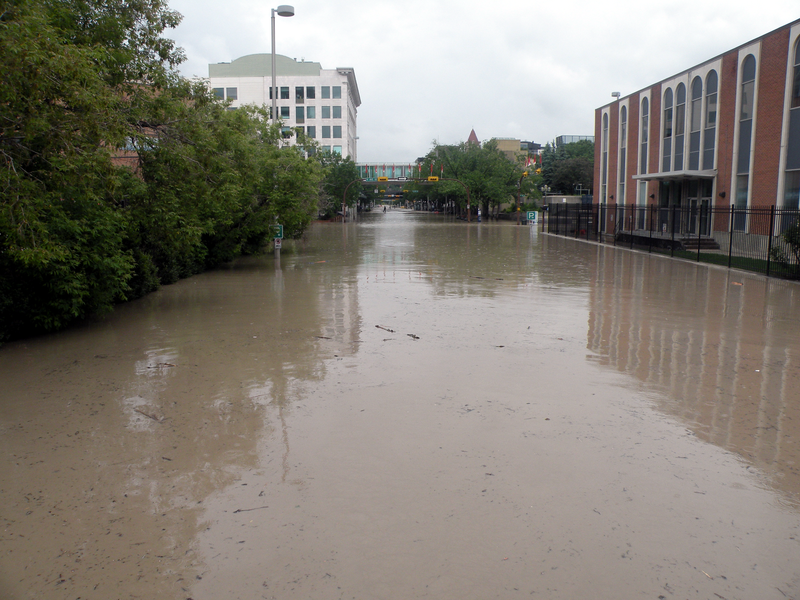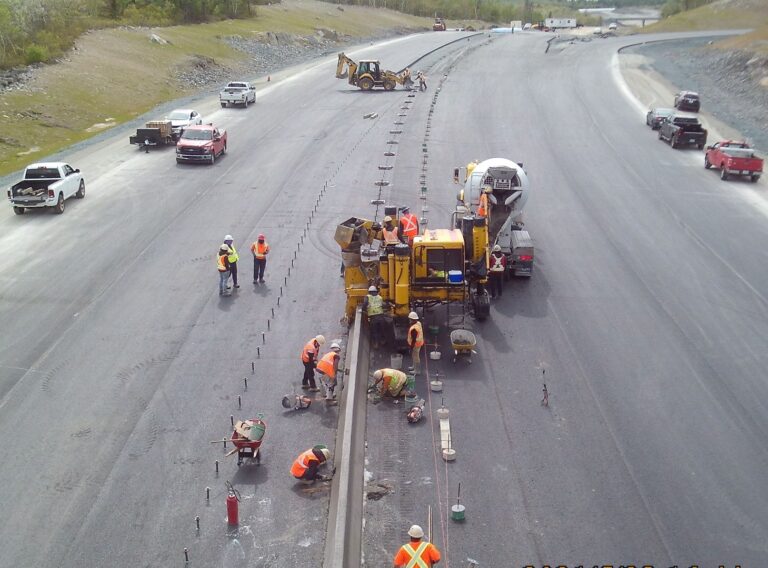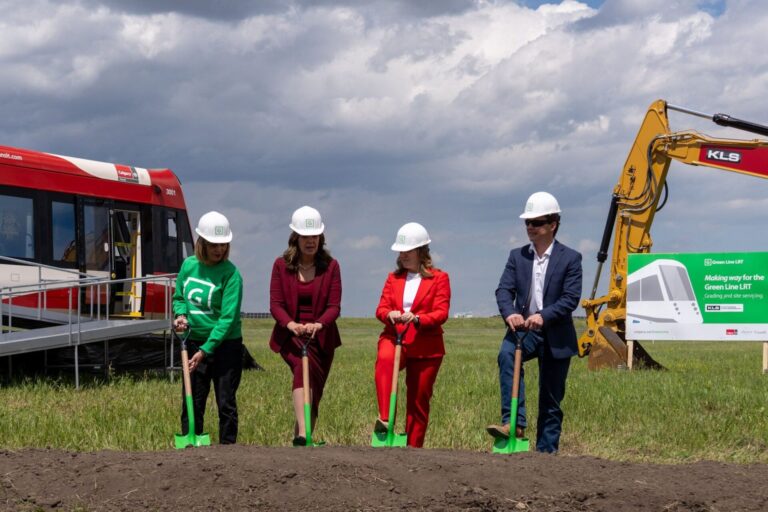The Federation of Canadian Municipalities (FCM) and the Insurance Bureau of Canada (IBC) released a report entitled: Investing in Canada’s Future: The Cost of Climate Adaptation at the Local Level. The report offers new data demonstrating the urgent need for new investments in local climate adaptation and the areas where that investment is needed most. This report is the first of its kind to quantify the cost for municipalities.
As the risk of more frequent severe weather events increases due to climate change, many areas across the country are becoming riskier to insure. Municipalities are on the front lines of climate change and require significant investment to protect the public, property and businesses from the devastating effects of climate change.
“When homes, businesses, farmland, and public infrastructure are hurt by extreme weather events, Canadians feel it in their communities first,” said FCM President Bill Karsten. “Municipal leaders are prioritizing resiliency in their towns and cities, but there’s more we can and must do. FCM is proud to partner on the development of this crucial new data that underscores the importance of greater investment in municipal adaptation and prevention amidst the effects of a changing environment. All orders of government can work together to protect the public infrastructure that Canadians rely on in their neighbourhoods.”
According to the report’s findings, avoiding the worst impacts of climate change at the municipal level will cost an estimated $5.3 billion per year, or equivalent to 0.26 per cent of Canada’s GDP. Studies have shown that investments in resilient infrastructure have a return on investment of $6 in future averted losses for every $1 spent proactively. Those investments are critical to helping local communities adapt to the changing climate and to reduce risks to Canadians from extreme weather.
Given the scale and size of the long-term cost of adapting to climate change, the report suggests that future research and analysis by all levels of government must consider innovative ways in which private sector capital can be utilized to support enhanced community resilience.
The report also found that Canada’s eastern and northern regions are generally most in need of adaptation investments — with flooding, erosion and melting permafrost posing the greatest risk. Among infrastructure priorities, local buildings, dikes and roads require the most urgent upgrades.
Click here to access a copy of the report.











